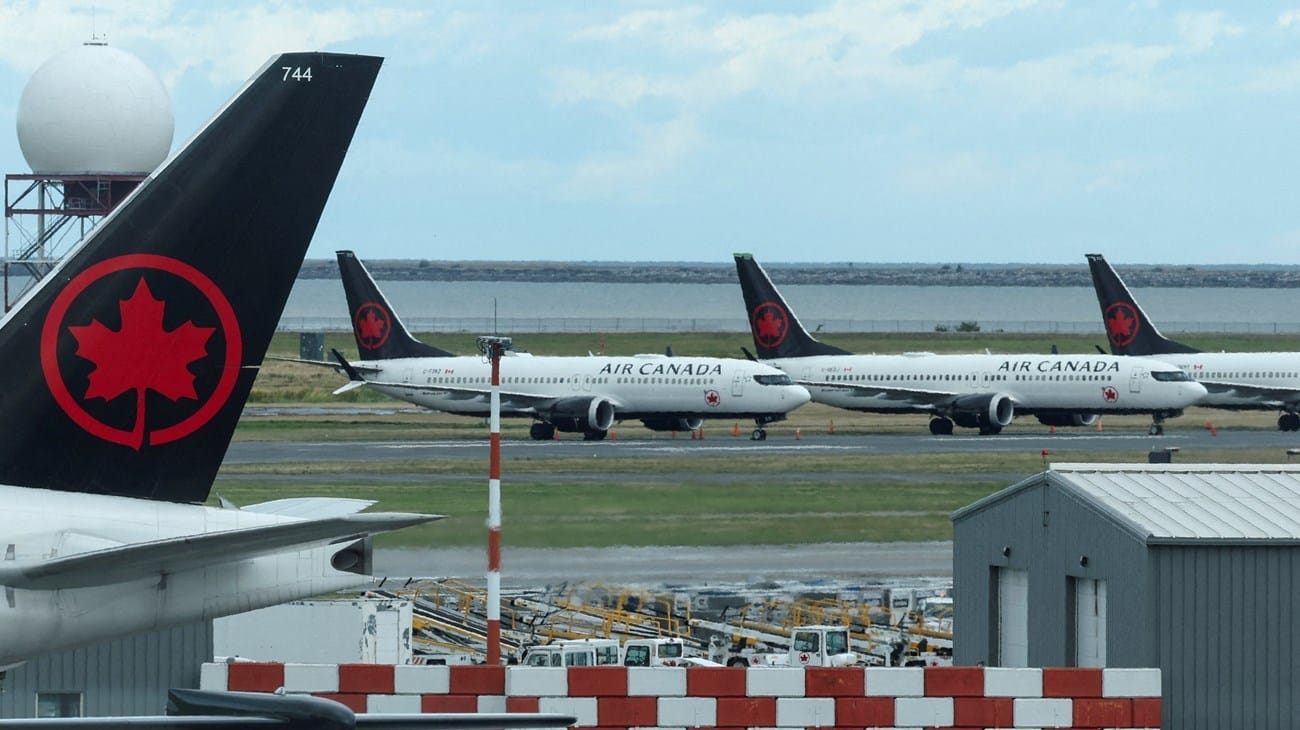A Tentative Agreement Brings Relief to Travelers
Air Canada has confirmed that it is gradually resuming flight operations after reaching a tentative agreement with over 10,000 flight attendants. The strike, which began over the weekend, disrupted the travel plans of hundreds of thousands of passengers during the peak of the summer season. According to the airline, the new deal addresses one of the most critical concerns: ensuring crew members receive pay for time spent on the ground, not just while in the air. This resolution comes as a significant step forward in labor negotiations and provides relief to both employees and travelers who had been affected by widespread cancellations. For passengers looking to monitor their updated flight status, the Air Canada Flight Status portal offers real-time updates.
Gradual Restoration of Flight Services
Restarting the operations of a major airline is a complex process, and Air Canada has stated that it will take up to 7–10 days to fully restore its schedule. While some flights are already resuming, others remain canceled until the network stabilizes. The airline plans to focus first on international outbound flights, with domestic and regional services gradually returning. Passengers impacted by cancellations are eligible for refunds or travel credits, which can be requested directly on the Air Canada refund request page. Toronto’s Pearson International Airport, Canada’s busiest hub, has also announced additional staffing to support passengers during this transition. The adjustment period may cause temporary delays, so travelers are advised to arrive early and review the latest updates before heading to the airport.
What This Means for Canadian Aviation
The strike highlighted broader debates in Canada about labor rights in essential sectors such as aviation. While the Canada Industrial Relations Board declared the strike illegal and attempted to enforce arbitration, union leaders emphasized the importance of protecting workers’ voices in contract negotiations. The tentative agreement signals progress, but final ratification by members is still pending. Beyond Air Canada, the incident raises questions about how Canada balances labor rights with the need to keep essential services running. For industry watchers, this case could set an important precedent, similar to disputes seen in rail and port operations across the country. To better understand the role of Canada’s air travel system, the Transport Canada aviation page provides insights into regulations and safety standards. For passengers planning future trips, resources like Toronto Pearson Airport offer guidance on flight updates, travel tips, and passenger services.
Air Canada typically operates about 700 flights daily, and while disruption has been significant, the gradual recovery will restore confidence among travelers. The coming days will be crucial in determining how smoothly the airline can return to full service, and whether the deal with flight attendants will set a new standard for fair working conditions in Canada’s aviation industry.







